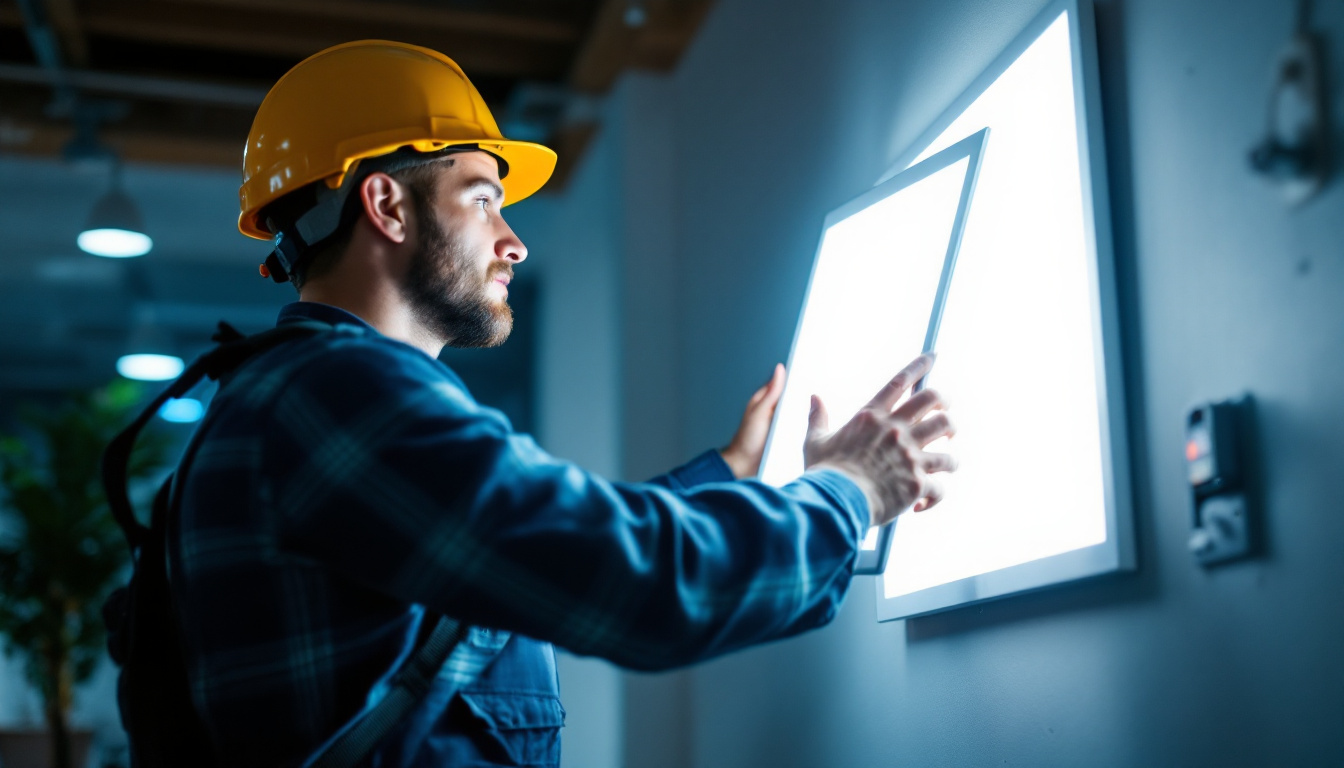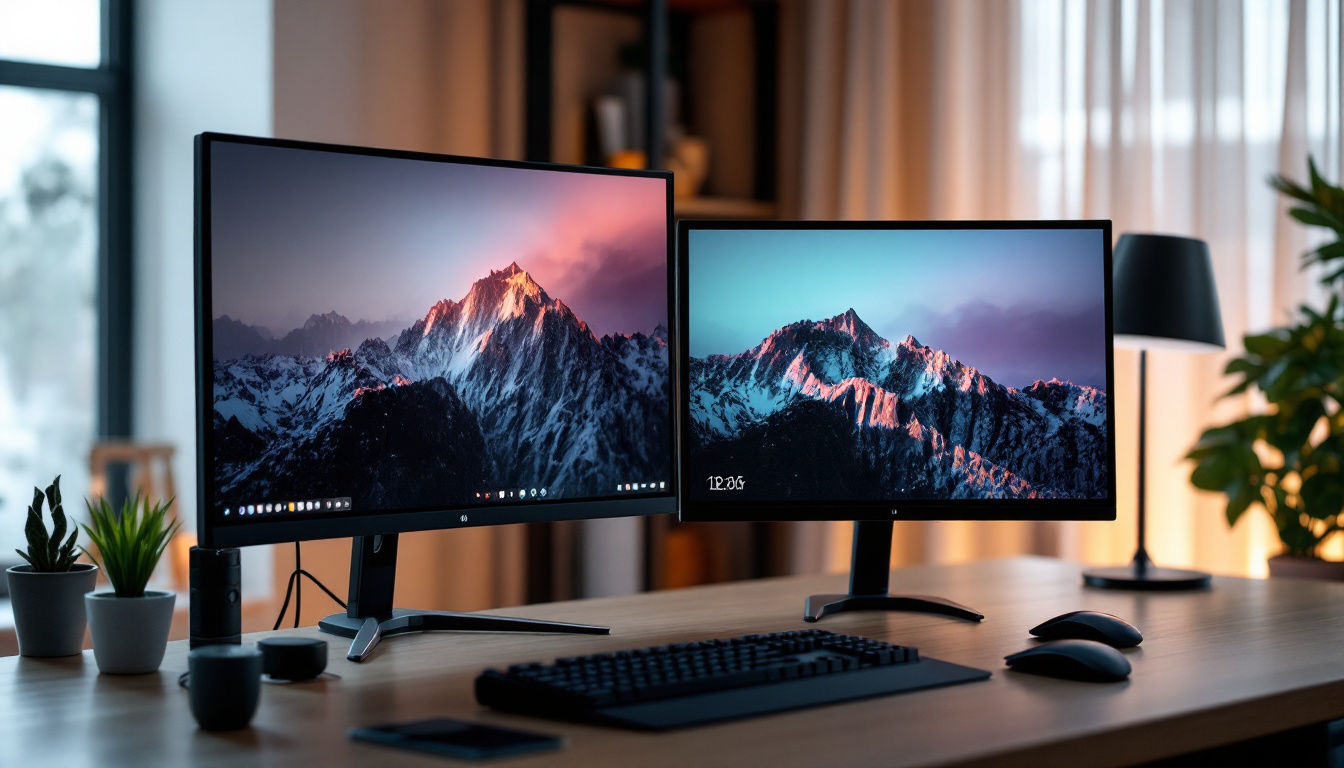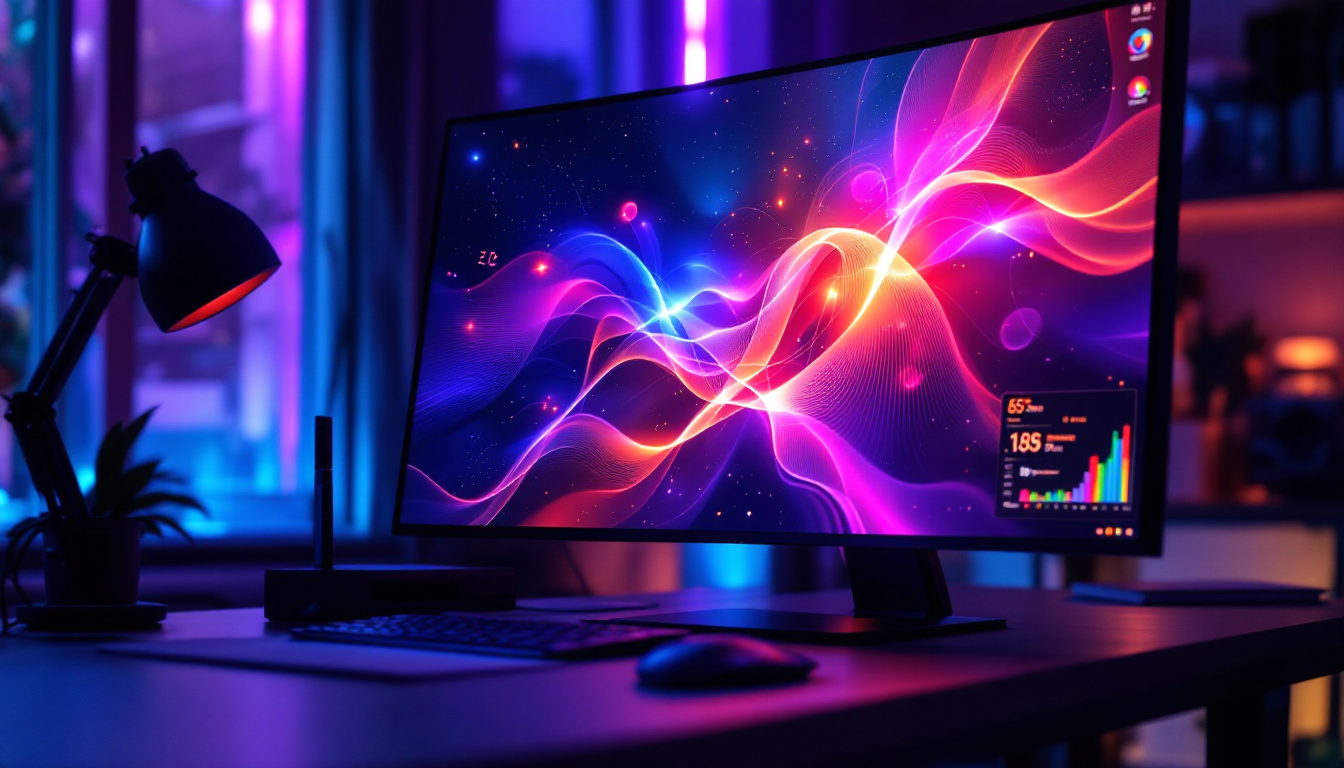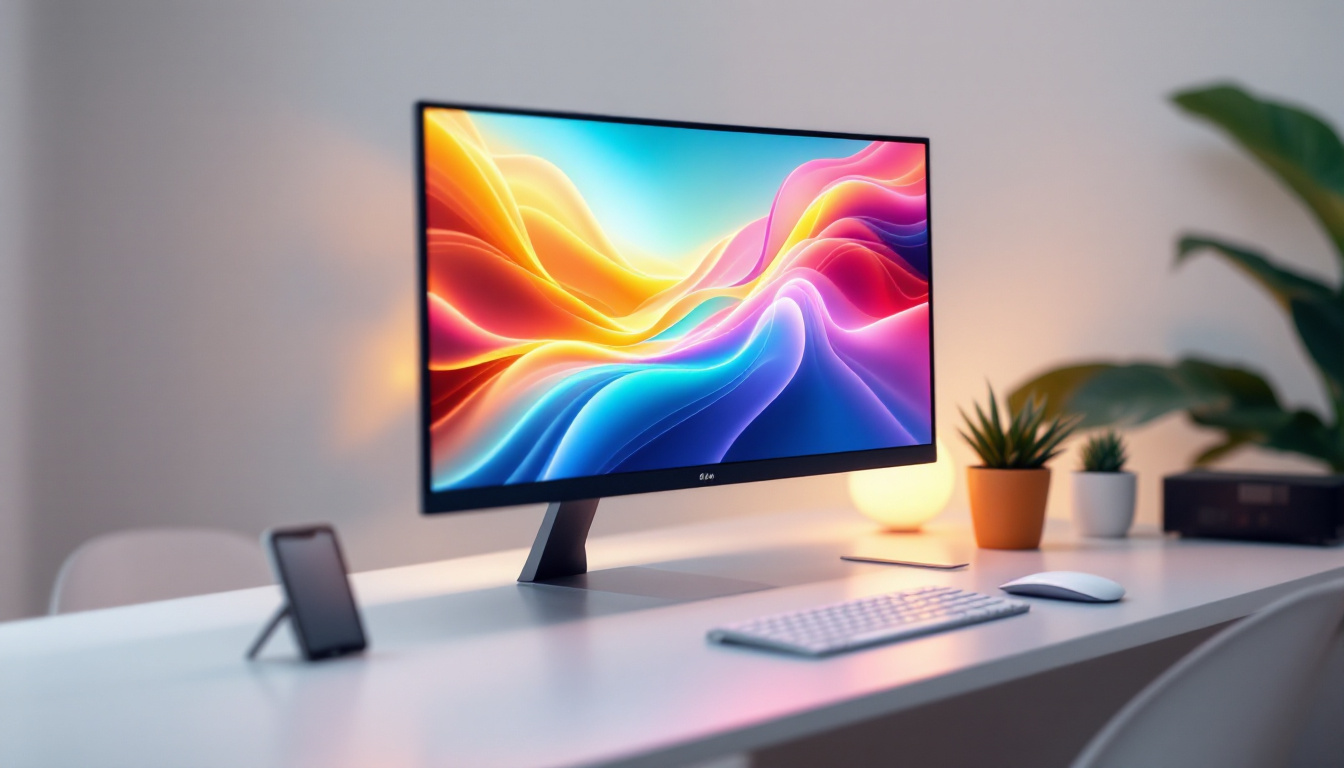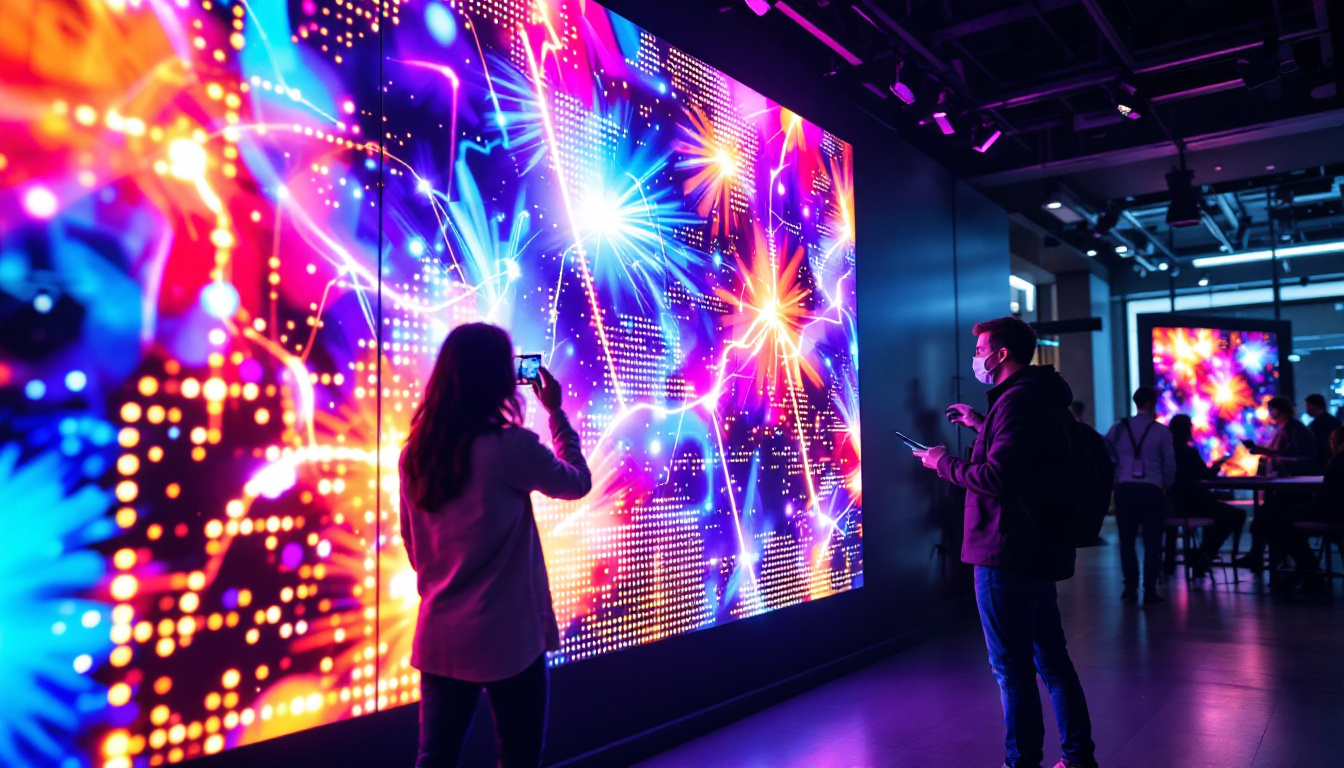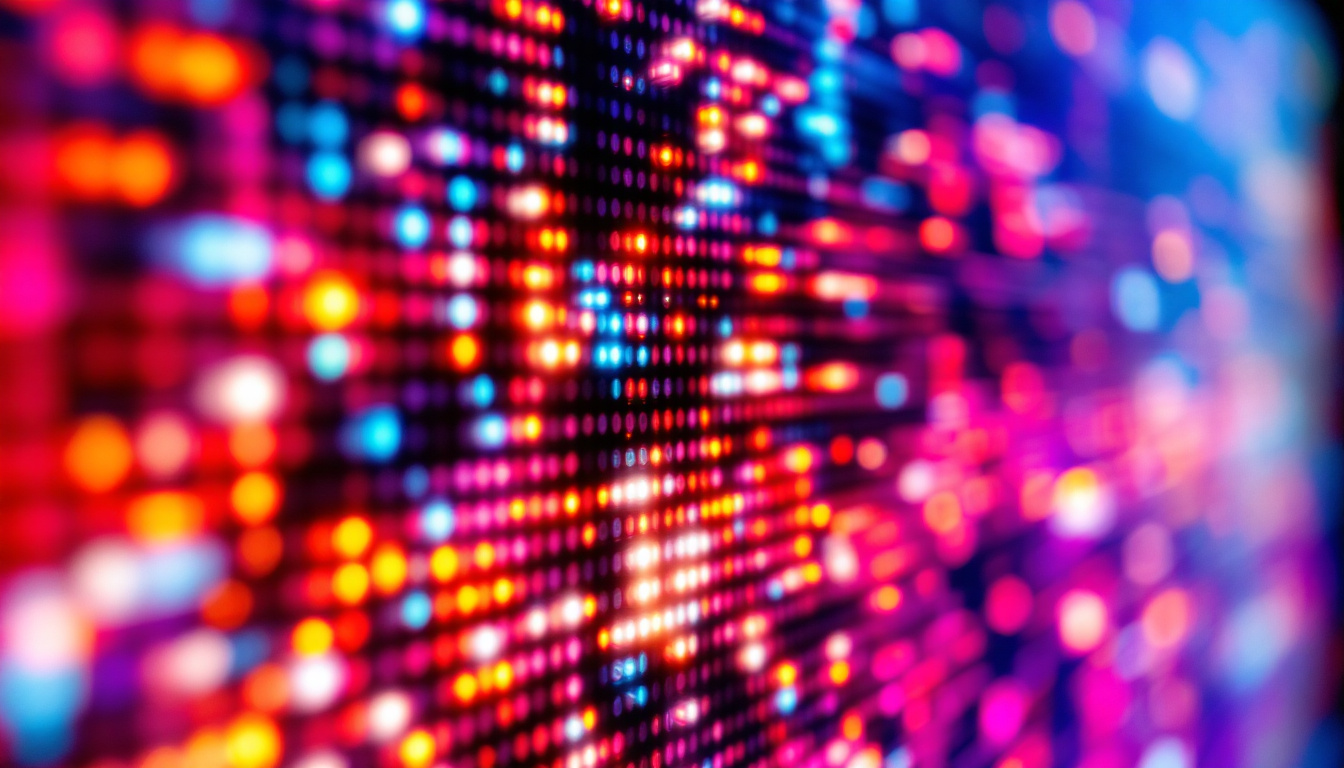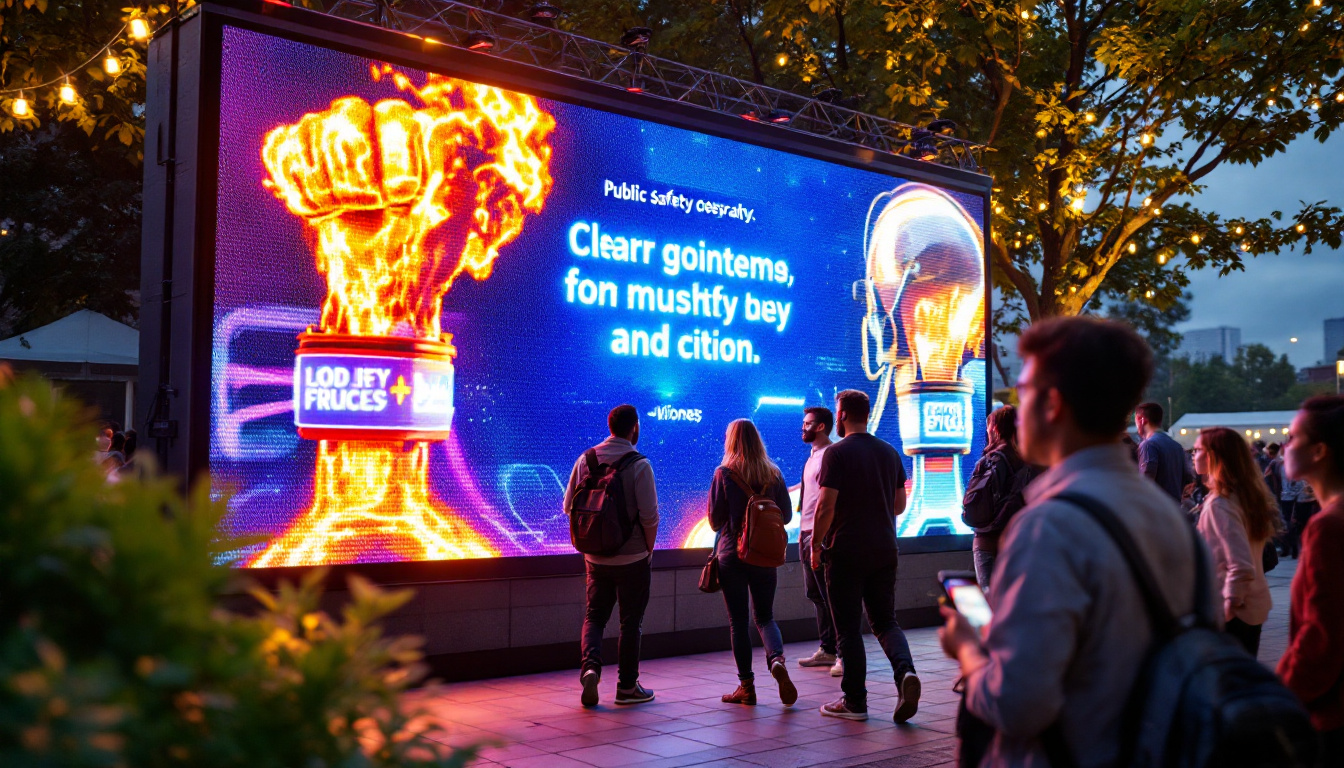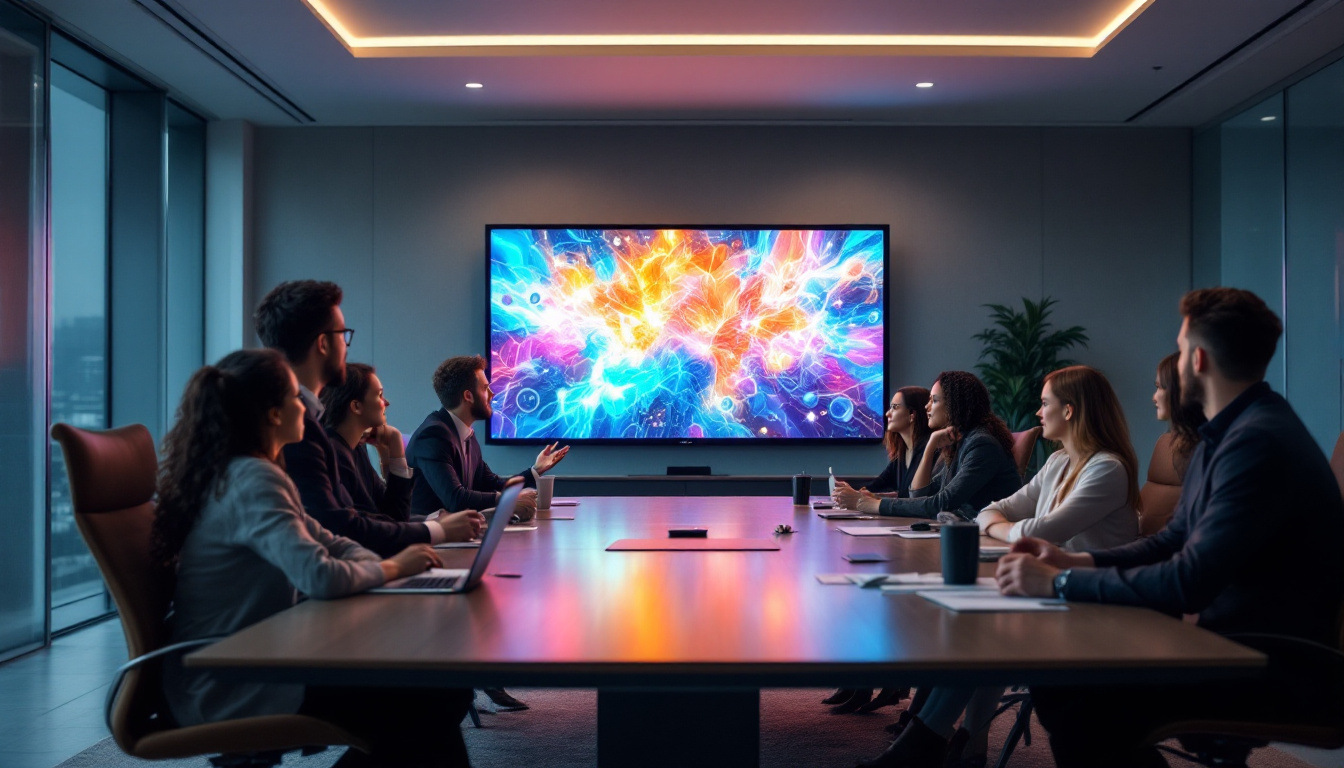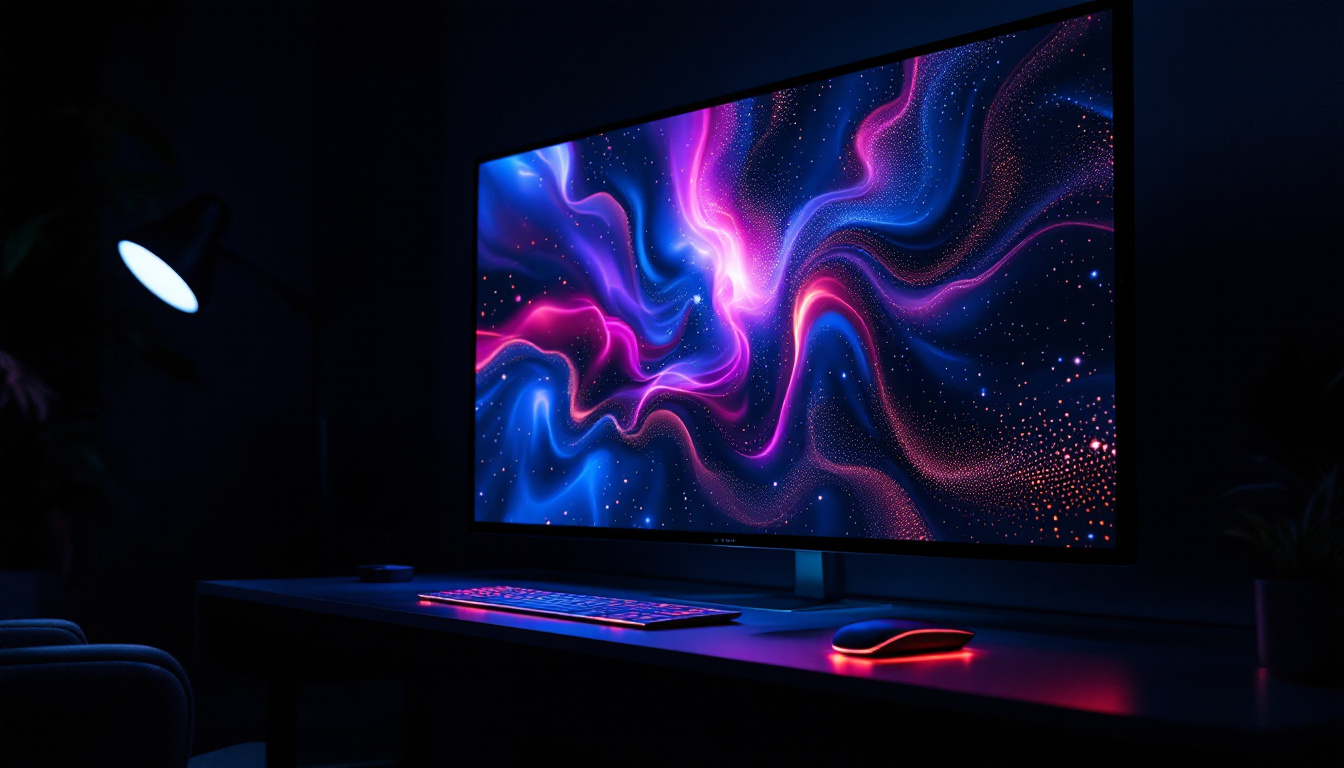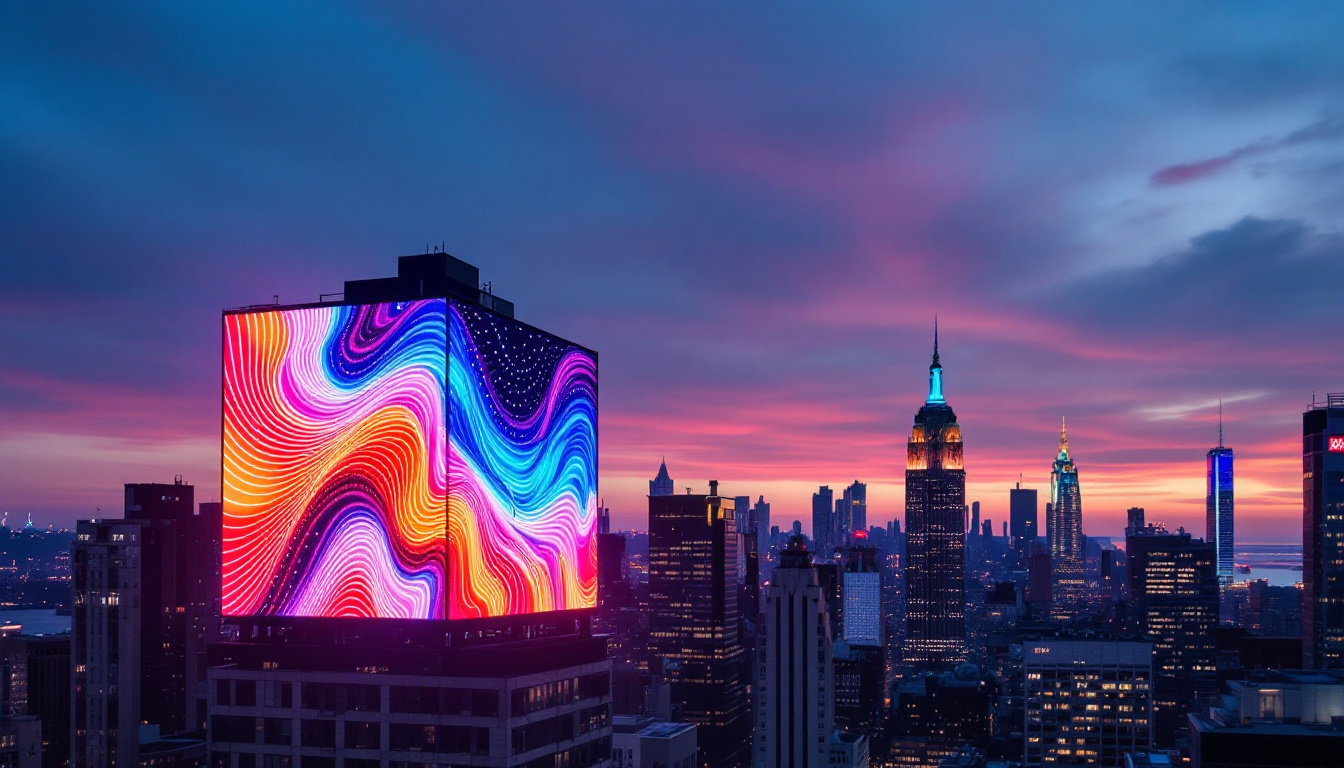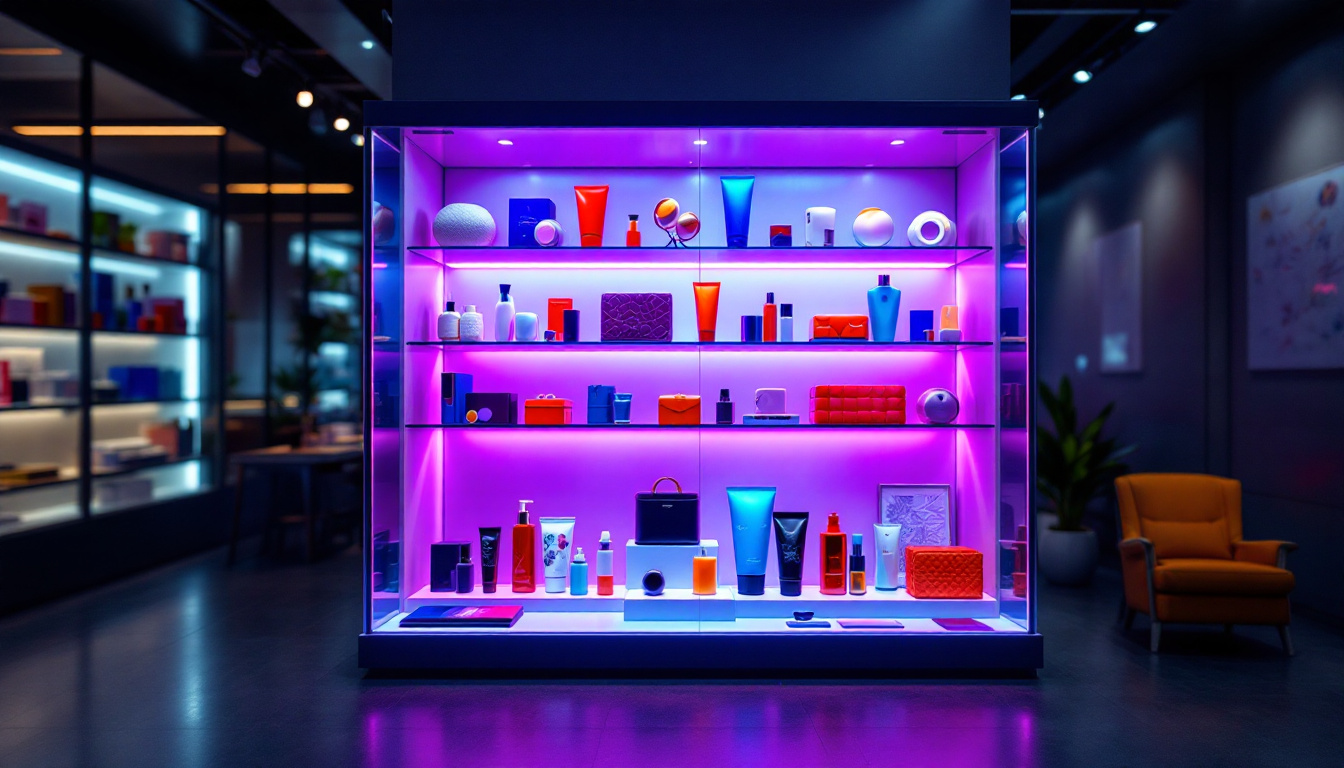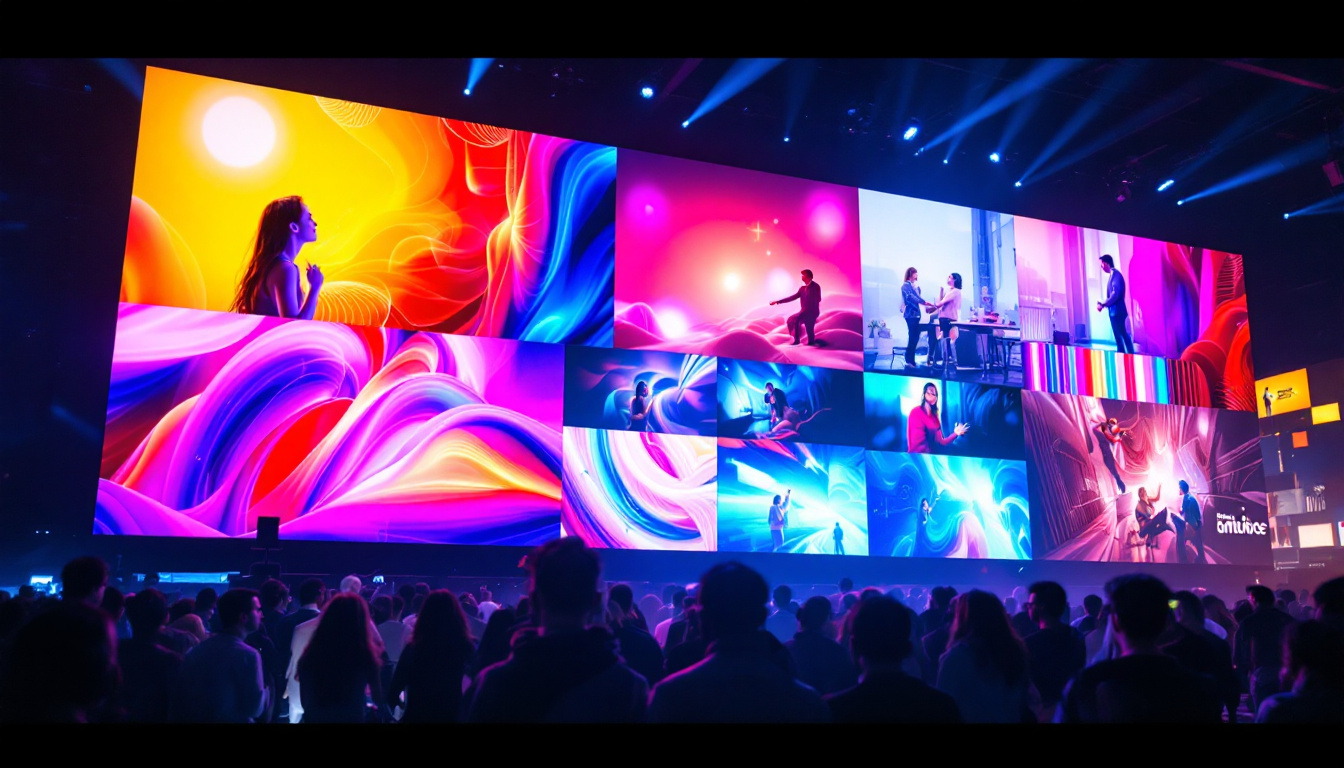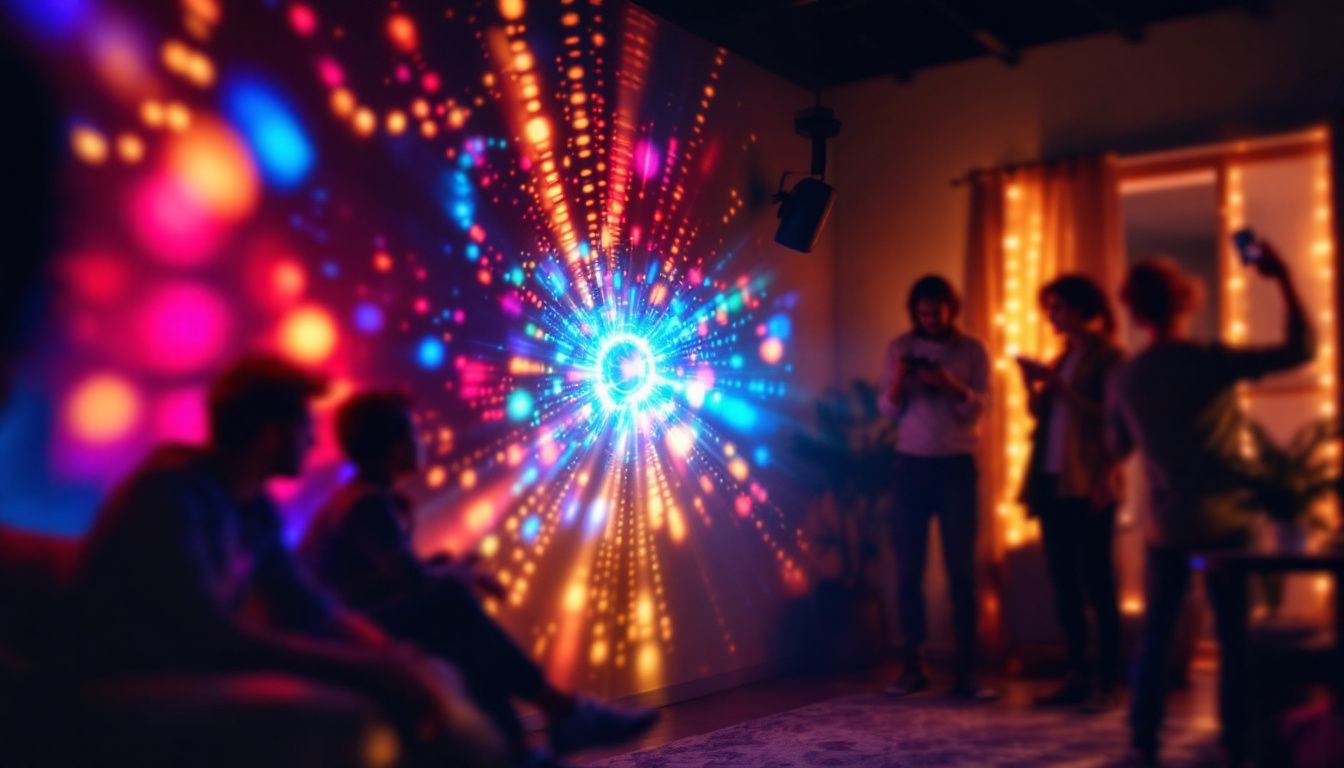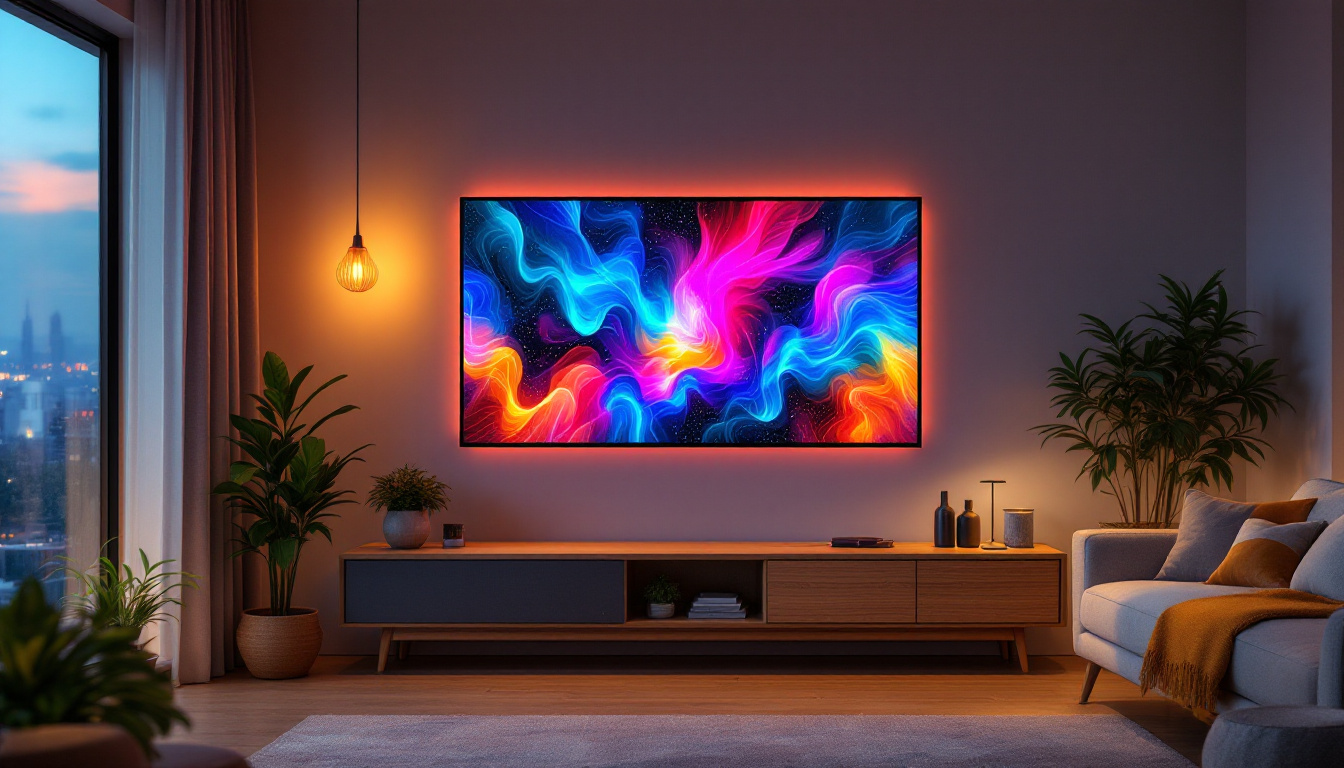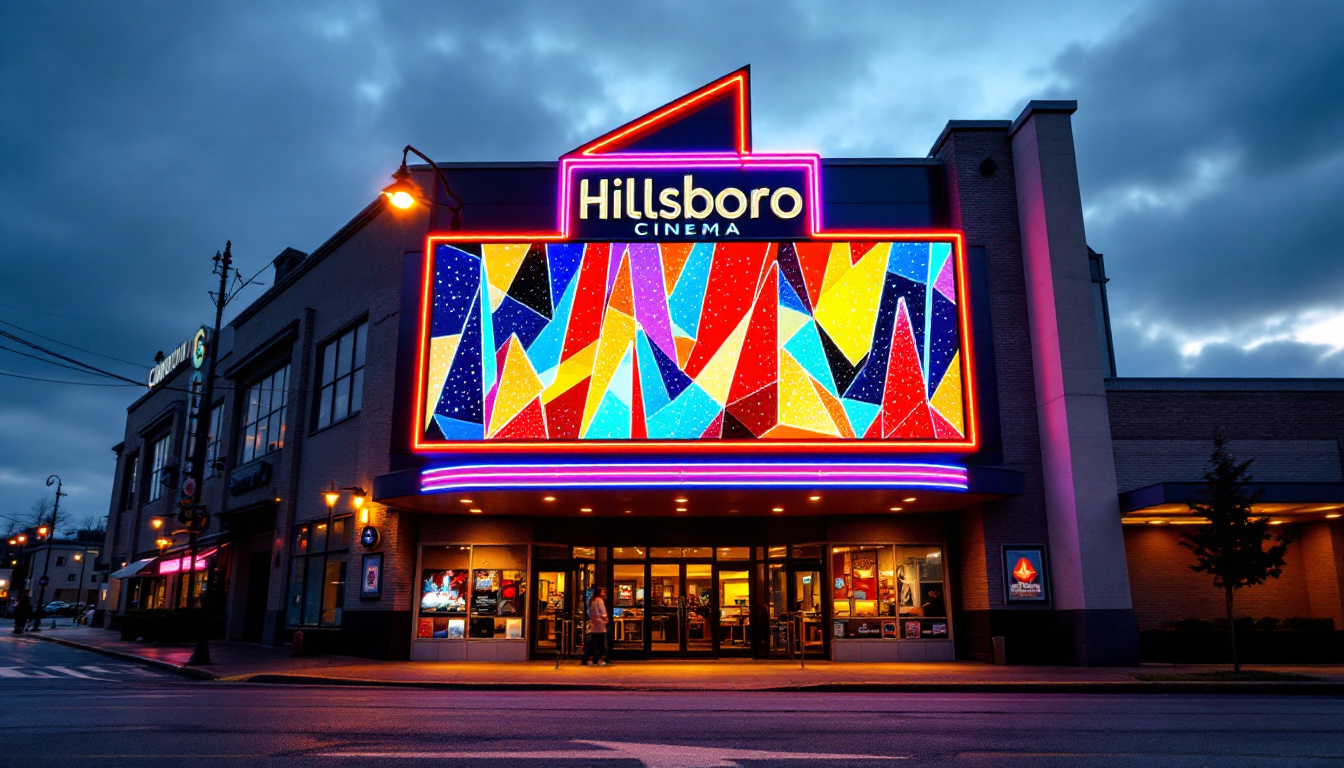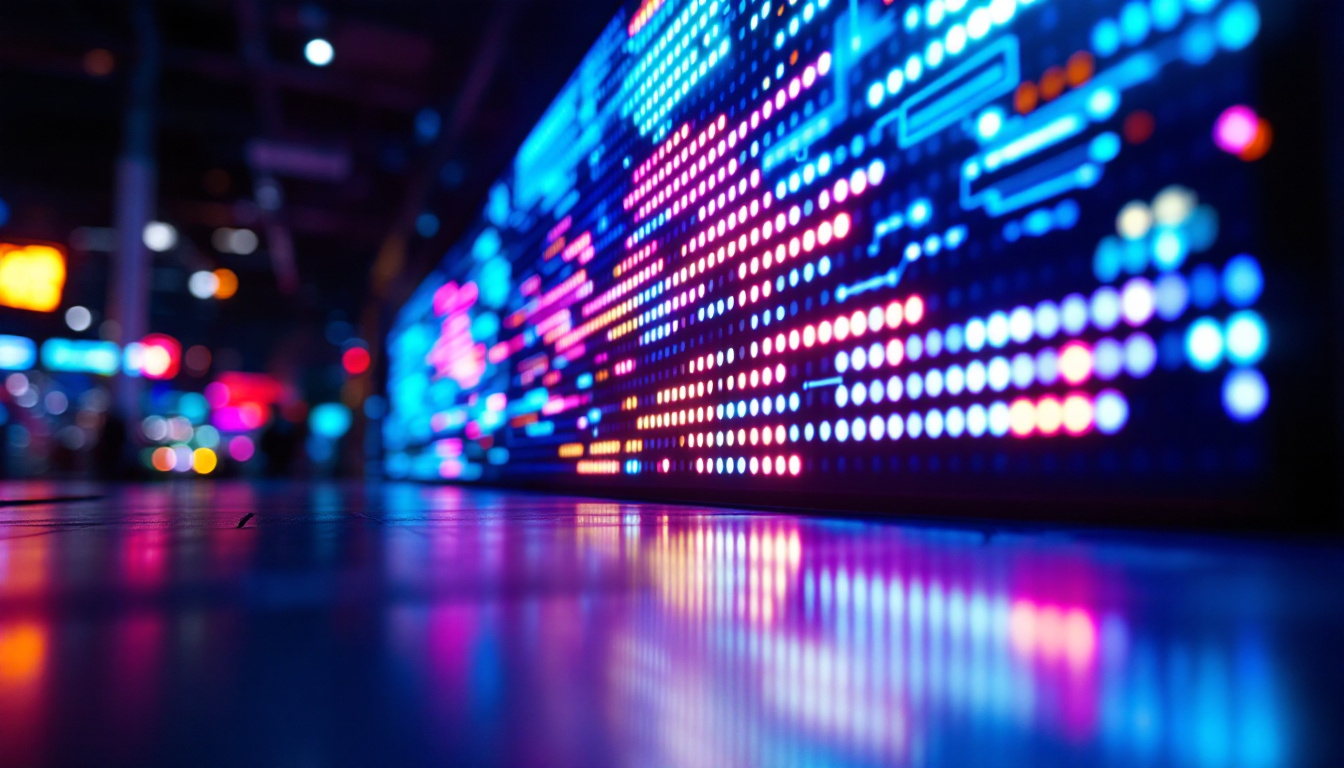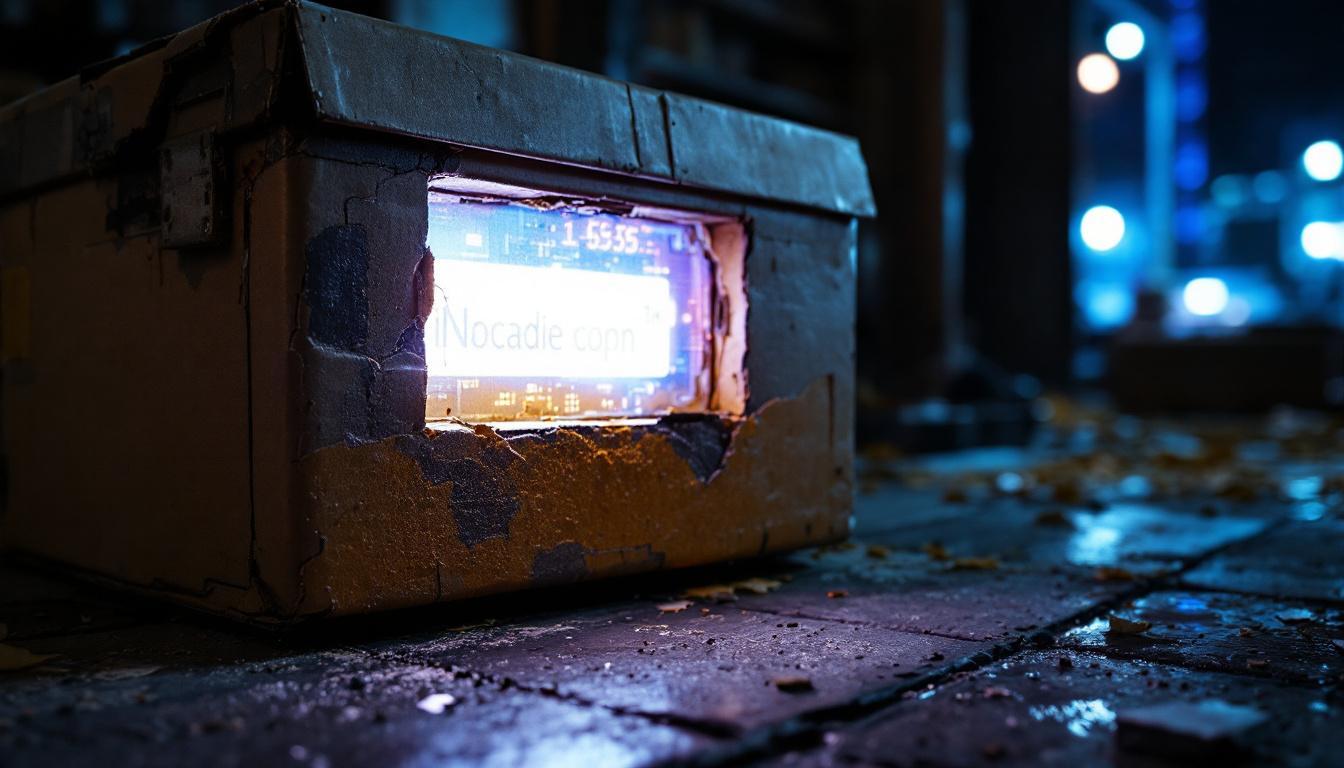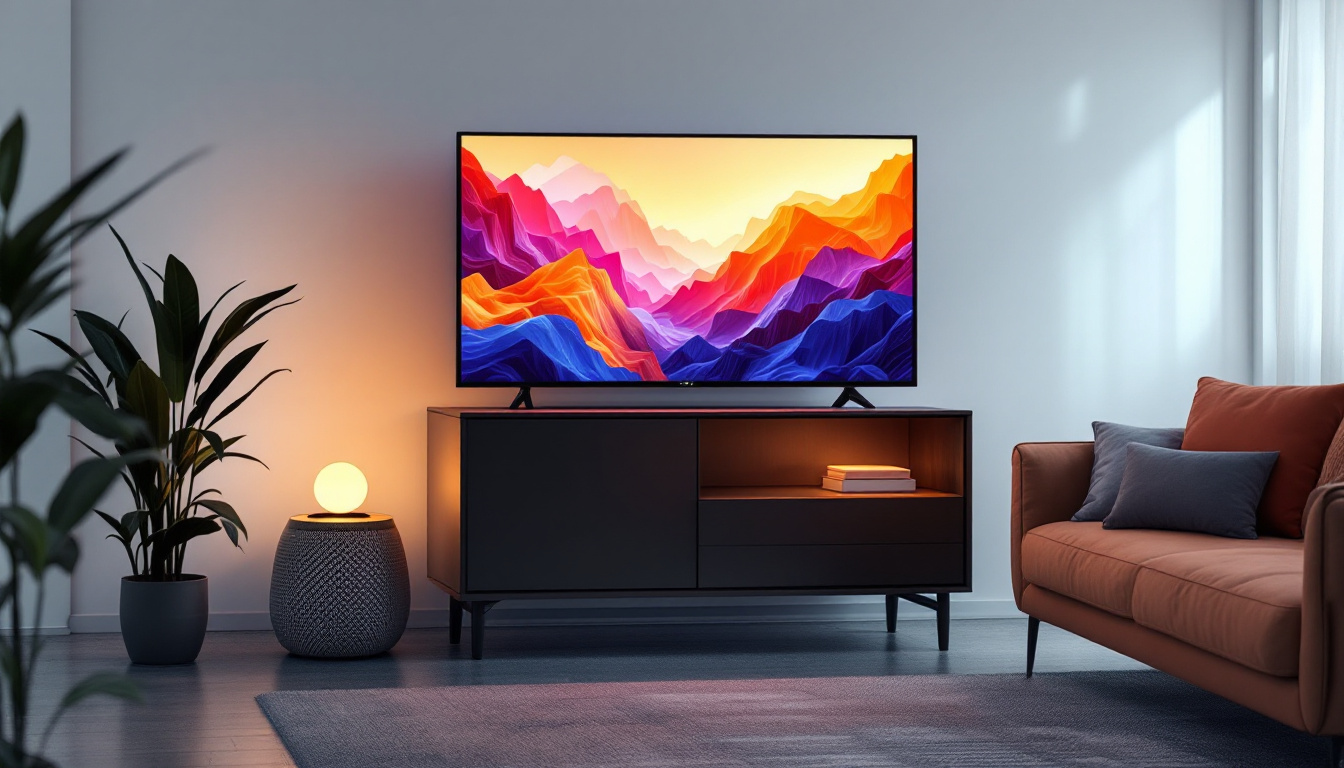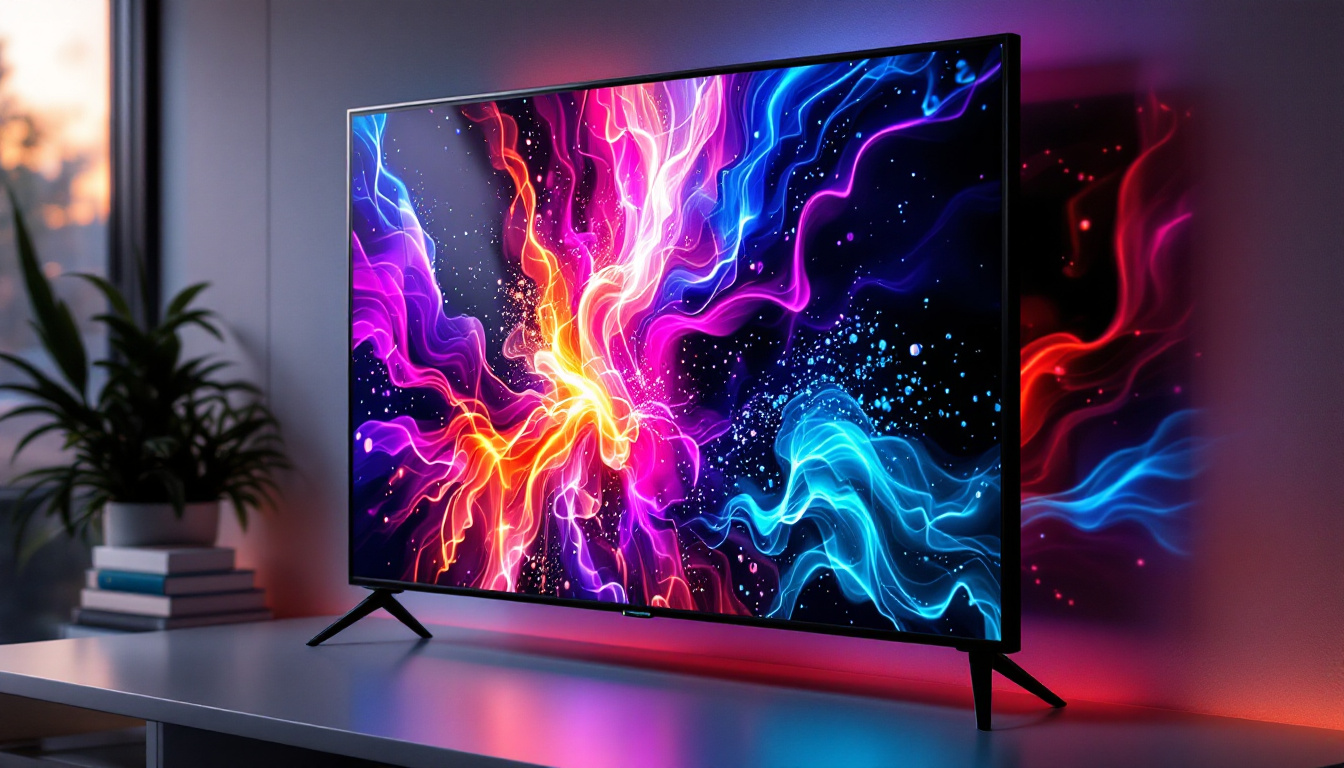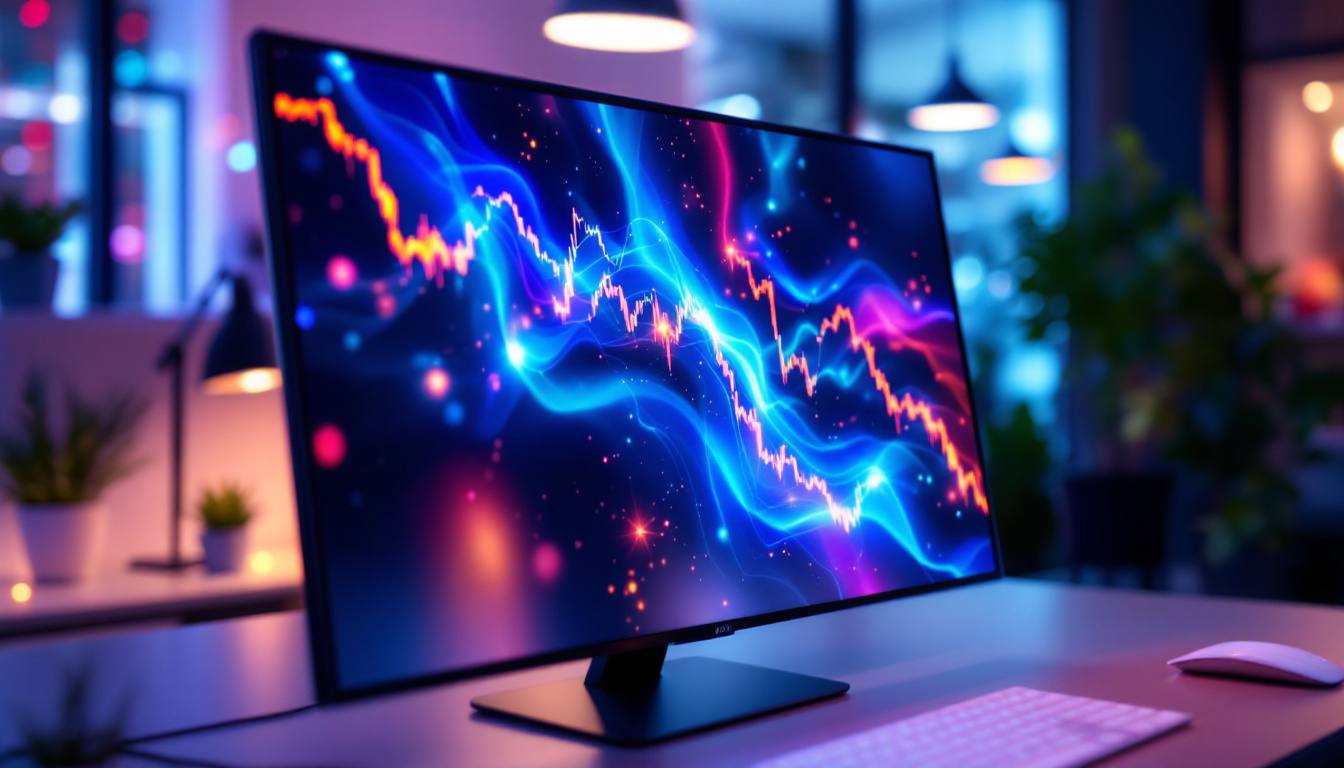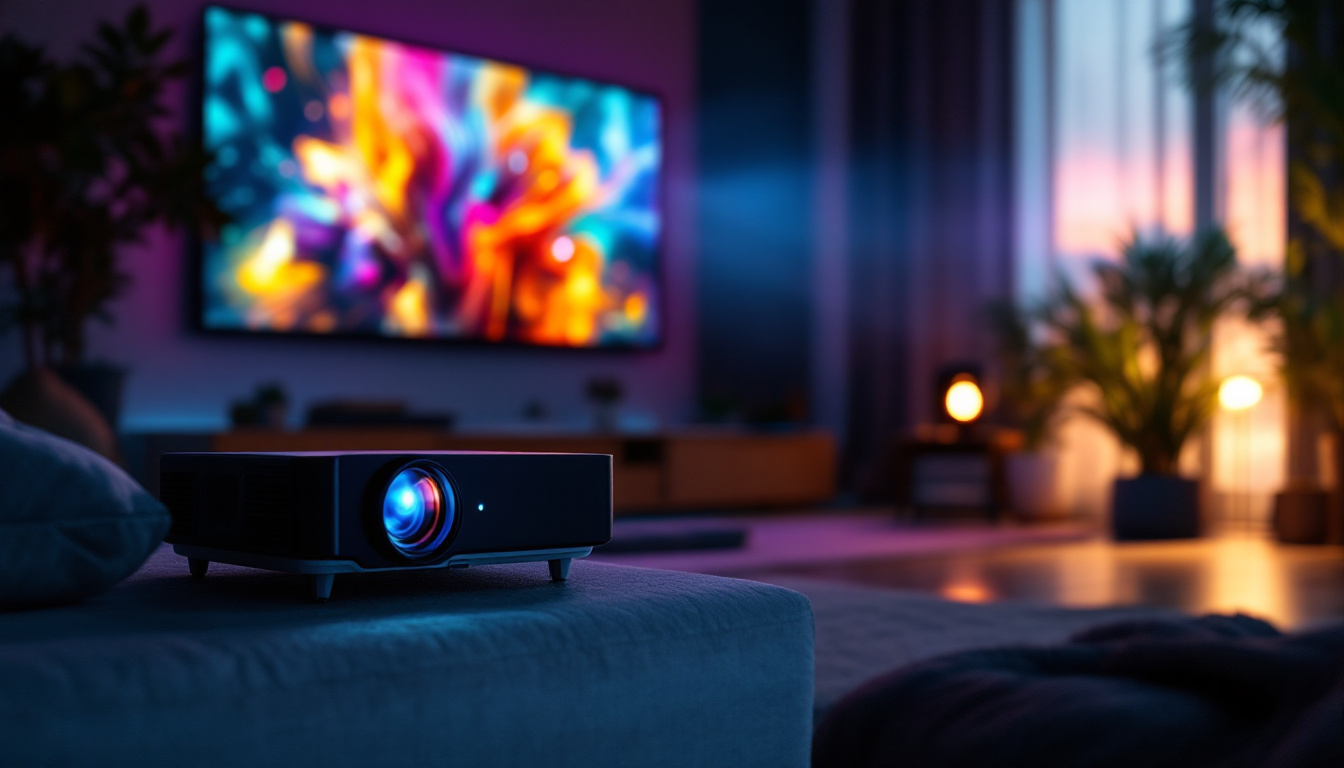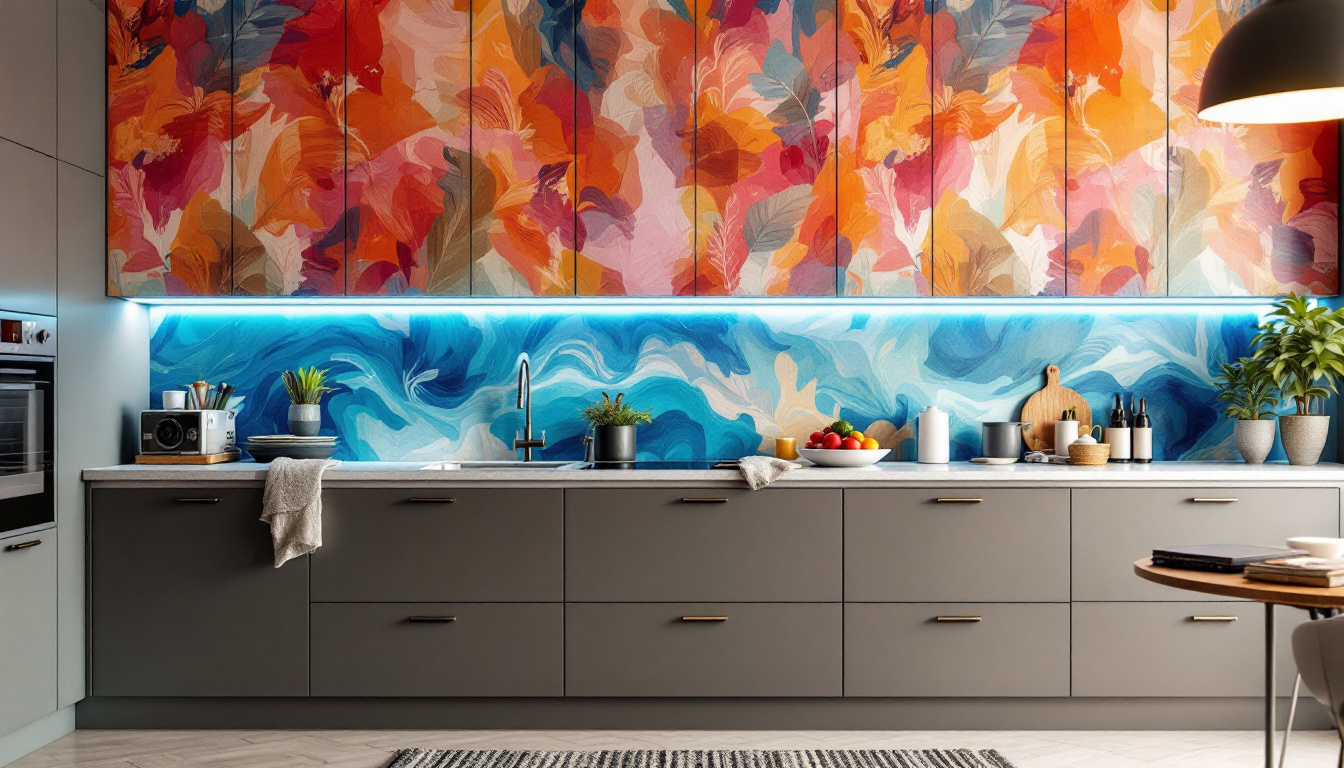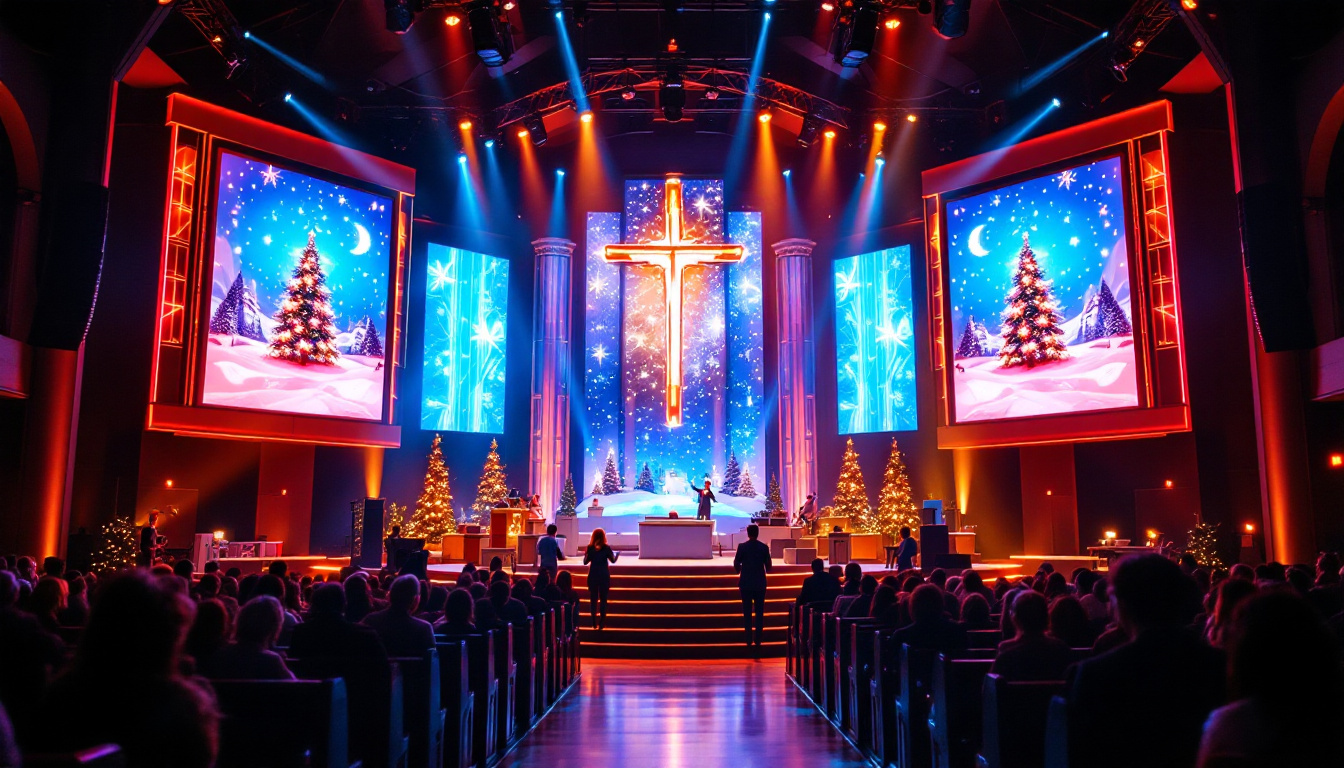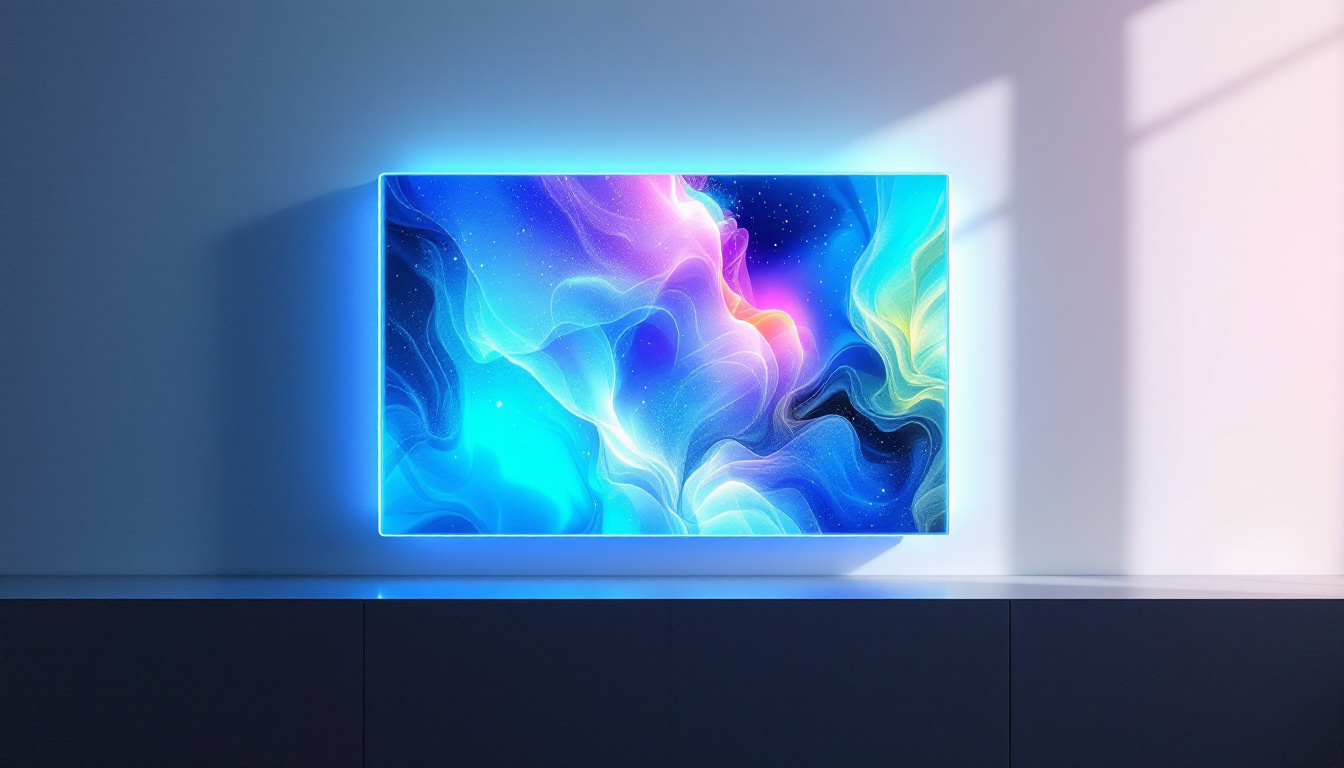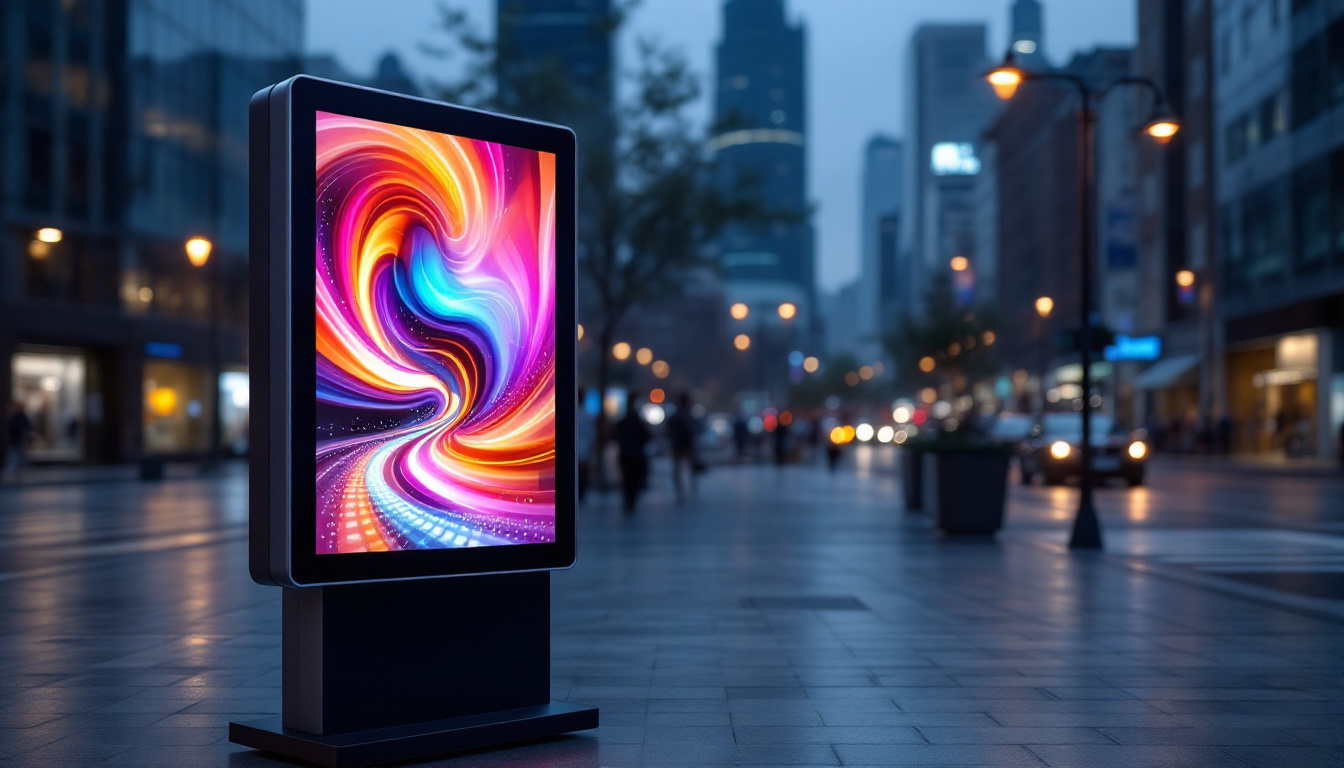In recent years, LED panel lights have gained immense popularity for both residential and commercial lighting solutions. Their sleek design, energy efficiency, and versatility make them an ideal choice for various applications. This article delves into the installation process of LED panel lights, the technology behind LED displays, and the benefits they offer.
Understanding LED Technology
LED, or Light Emitting Diode, technology has revolutionized the way we illuminate spaces. Unlike traditional incandescent or fluorescent bulbs, LEDs convert electricity directly into light, resulting in a more efficient energy usage. This section explores how LED technology works and its advantages over conventional lighting methods.
How LED Works
At the core of LED technology is a semiconductor material that emits light when an electric current passes through it. This process, known as electroluminescence, produces light without generating excessive heat, making LEDs significantly more efficient. The light emitted can vary in color depending on the materials used in the semiconductor, allowing for a wide range of applications.
LEDs are available in various configurations, from single diodes to complex arrays that can produce bright, uniform light. This flexibility allows for creative lighting solutions in both residential and commercial settings. Additionally, the compact size of LEDs enables them to be integrated into various designs, including panel lights. The versatility of LEDs also extends to their ability to be dimmed or controlled via smart technology, allowing users to customize their lighting experience according to their needs and preferences.
Benefits of LED Technology
The advantages of LED technology extend beyond energy efficiency. LED lights have a longer lifespan, often lasting up to 25,000 hours or more, compared to traditional bulbs that typically last around 1,000 hours. This longevity translates to reduced maintenance costs and fewer replacements over time. Furthermore, the durability of LEDs means they are less prone to breakage, making them ideal for high-traffic areas or outdoor settings where traditional bulbs might fail more frequently.
Moreover, LEDs are environmentally friendly. They contain no harmful substances such as mercury, which is found in some fluorescent bulbs. This makes them a safer choice for both the environment and human health. Additionally, LED lights produce less heat, reducing the burden on cooling systems in buildings. Their energy efficiency also contributes to lower carbon emissions, making them a key player in the global effort to combat climate change. As more industries adopt LED technology, the cumulative impact on energy consumption and environmental sustainability becomes increasingly significant, paving the way for a greener future.
Types of LED Panel Lights
LED panel lights come in various types and configurations, each suited for different applications. Understanding the various types can help in selecting the right panel light for specific needs.
Standard LED Panel Lights
Standard LED panel lights are designed to replace traditional fluorescent ceiling lights. They are available in various sizes and shapes, including square and rectangular options. These panels provide uniform light distribution, making them ideal for offices, schools, and retail spaces.
Typically, standard LED panels are installed in a grid ceiling system, allowing for easy replacement and maintenance. They can also be surface-mounted or suspended, providing flexibility in installation.
Edge-Lit vs. Back-Lit Panels
LED panel lights can be categorized into two main types: edge-lit and back-lit. Edge-lit panels utilize LEDs placed along the edges of the panel, which then diffuse the light across the surface. This design allows for a slim profile, making them suitable for low-ceiling spaces.
On the other hand, back-lit panels have LEDs positioned behind the panel, providing a more uniform light output. While they may be bulkier than edge-lit options, back-lit panels often deliver higher brightness levels, making them ideal for larger areas.
Preparing for Installation
Before diving into the installation process, proper preparation is essential. This ensures a smooth installation and optimal performance of the LED panel lights. Here are the key steps to consider before installation.
Gathering Necessary Tools and Materials
Having the right tools and materials on hand is crucial for a successful installation. Common tools required for installing LED panel lights include a drill, screwdriver, wire stripper, and a voltage tester. Additionally, ensure that the LED panels and any mounting hardware are ready for installation.
It is also advisable to have safety gear, such as gloves and goggles, to protect against any potential hazards during the installation process. Proper safety precautions should always be a priority when working with electrical components.
Understanding Electrical Requirements
Before proceeding with the installation, it is important to understand the electrical requirements of the LED panel lights. Most LED panels operate on a standard voltage of 120V or 240V, depending on the region. Ensure that the existing electrical system is compatible with the LED panels being installed.
Additionally, it may be necessary to consult with a licensed electrician if there are any doubts about the electrical system or if modifications are needed. This step is crucial to ensure safety and compliance with local electrical codes.
Step-by-Step Installation Process
The installation of LED panel lights can be straightforward, especially when following a systematic approach. Below is a step-by-step guide to help navigate the installation process.
Step 1: Turn Off Power
Before starting the installation, it is imperative to turn off the power to the existing lighting fixture at the circuit breaker. This step ensures safety while working with electrical connections. Use a voltage tester to confirm that the power is off before proceeding.
Step 2: Remove Existing Fixture
Once the power is off, carefully remove the existing light fixture. This may involve unscrewing the fixture from the ceiling and disconnecting the wiring. Take note of how the existing wires are connected, as this will be helpful when connecting the new LED panel.
Ensure that any mounting hardware from the old fixture is also removed, as the new LED panel may require different mounting brackets or supports.
Step 3: Install Mounting Bracket
Most LED panel lights come with a mounting bracket that needs to be installed first. Secure the bracket to the ceiling using screws, ensuring it is level and properly aligned. This step is crucial for the stability of the panel once installed.
For recessed installations, ensure the bracket is compatible with the ceiling grid or structure. For surface-mounted installations, confirm that the bracket is securely attached to a solid surface.
Step 4: Connect Wiring
With the mounting bracket in place, it’s time to connect the wiring. Following the notes taken during the removal of the existing fixture, connect the corresponding wires from the LED panel to the electrical supply. Typically, this will involve connecting the live (black or red) wire, neutral (white) wire, and ground (green or bare) wire.
Use wire nuts to secure the connections, ensuring that no bare wire is exposed. Once the connections are made, gently tuck the wires into the ceiling space to avoid any obstructions.
Step 5: Attach the LED Panel
With the wiring connected, carefully attach the LED panel to the mounting bracket. Ensure it is securely fastened and properly aligned. For recessed installations, the panel should fit snugly into the ceiling grid, while surface-mounted panels should be flush against the ceiling.
Once the panel is in place, double-check that all connections are secure and that the panel is stable. This step is crucial to prevent any future issues with the installation.
Step 6: Turn On Power and Test
After completing the installation, turn the power back on at the circuit breaker. Test the LED panel light to ensure it operates correctly. If the panel does not light up, double-check the wiring connections and ensure that the power supply is functioning.
Once confirmed, enjoy the bright, energy-efficient lighting provided by the new LED panel light!
Maintenance and Troubleshooting
While LED panel lights are known for their longevity and low maintenance, occasional issues may arise. Understanding basic maintenance and troubleshooting can help prolong the lifespan of the lights and ensure optimal performance.
Regular Maintenance Tips
Regular maintenance of LED panel lights is minimal but essential for ensuring their longevity. Dust and debris can accumulate on the surface of the panels, affecting light output. Periodically wipe the panels with a soft, damp cloth to keep them clean.
Additionally, check the mounting hardware and wiring connections periodically to ensure everything remains secure. If any flickering or dimming occurs, it may indicate a loose connection or a need for replacement.
Troubleshooting Common Issues
If an LED panel light fails to turn on, the first step is to check the power supply. Ensure that the circuit breaker is on and that there are no blown fuses. If the power supply is functioning correctly, inspect the wiring connections for any loose or damaged wires.
In cases where the panel flickers or dims unexpectedly, it may be due to a compatibility issue with the dimmer switch, if one is installed. Not all LED panels are compatible with dimmers, so it is essential to verify compatibility before installation.
Conclusion
LED panel lights represent a significant advancement in lighting technology, offering energy efficiency, longevity, and versatility. Understanding the installation process and the technology behind LED displays can empower individuals to make informed decisions for their lighting needs.
By following the steps outlined in this article, anyone can successfully install LED panel lights, enhancing the aesthetic and functional qualities of their spaces. With proper maintenance and troubleshooting knowledge, these lights can provide reliable illumination for years to come.
As the demand for energy-efficient lighting continues to grow, LED panel lights stand out as a sustainable choice. Embracing this technology not only benefits individual users but also contributes to a greener planet.
Explore Cutting-Edge LED Solutions with LumenMatrix
Ready to elevate your space with the latest in LED technology? LumenMatrix is at the forefront of innovative LED display solutions, offering a wide array of products that transform any environment. From captivating Indoor LED Wall Displays to dynamic Outdoor LED Wall Displays, and from versatile Vehicle LED Displays to engaging LED Sports Displays, we have the technology to bring your vision to life. Discover the power of LED Poster Displays, Floor LED Displays, Custom LED Displays, All-in-One LED Displays, and LED Transparent Displays. Join us in the visual revolution and check out LumenMatrix LED Display Solutions today to create an unforgettable visual experience.

